A recent white paper published by Parker Hannifin lists food safety as one of the five factors that will drive ROI for food and beverage manufacturers in the next five years.
The Safe Quality Food Institute released its SQF Code 7.2 edition in July 2014 with an amendment to the section on air quality stating that compressed air used in the manufacturing process must be clean and present no risk to food safety. The amendment was made because compressed air is often in direct or indirect contact with food products, and contaminants in the compressed air can result in changes in color and taste, reduced shelf-life and product recalls. New compressed air microbial detection devices allow personnel to take samples faster and easier without the need for extensive training.
At Pack Expo 2014, more motion-component manufacturers than ever displayed stainless-steel washdown products. When asked what had spurred this trend, multiple industry professionals pointed to the heightened concern about sanitation issues. “End users may be buying new lines specifically for these options to reduce the possibility of cross-contamination,” said Erl Campbell, Food and Beverage Industry manager at Aventics.
Although stainless steel is usually the first material engineers turn to for washdown applications, other options, such as advanced polymers, are emerging that give similar corrosion resistance and washdown protection. “The polymer materials are usually molded instead of machined like stainless steel. Molding can give you the benefits of reduced cost and more intricate designs in some parts,” said Campbell.
However, the increased reliability and corrosion resistance stainless steel provides is worth the price over other options. “Sanitation is one area where companies don’t want to cut corners, especially in their equipment,” said Stacy Pabst, marketing manager, Dorner Conveyors. “People are more aware of allergies, such as peanut, tree nut and even gluten, and are reading labels more carefully. That is why companies will invest to obtain the equipment that best meets high sanitary standards.”
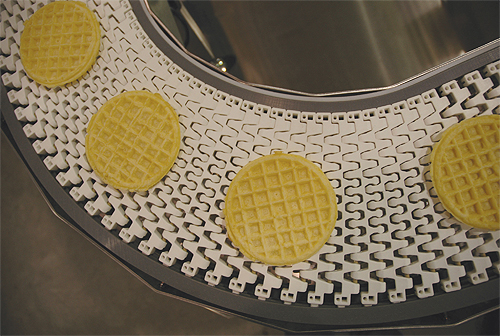
When it comes to washing down equipment, speed has always been, and will continue to be, a prominent factor. Representatives from Kollmorgen surveyed more than 80 food processing companies and the overwhelming response received was the need for less time-consuming, easier-to-clean motors. Easy-to-clean is a major requirement for other equipment manufacturers, as well.
To relieve this problem among conveyors, engineers at Dorner designed sanitary conveyor platforms that can be completely disassembled and ready for cleaning in under ten minutes. “The entire process of disassembly, cleaning and reassembly literally takes less than ten minutes,” said Pabst. “This is a process that can be accomplished by one person with no tools required.”
Taking the cleaning process one step further, Campbell said he’s noticed another developing trend for machine builders known as Clean In Place, or CIP. “CIP is the ability for the machine to automatically move into a cleaning position so that all areas can be cleaned without dismantling the machine,” he said.
Even companies whose main area of expertise lies outside food processing are responding to the renewed focus on food safety. For example, shaft collar manufacturer Ruland has developed a hygienic clamping assembly. “Traditional shaft collars have hot spots that are challenging to clean and allow for bacterial buildup that can contaminate food,” said Bill Hewitson, VP of Operations, Ruland. “Hygenic clamping assemblies provide a smooth uninterrupted surface for easy cleaning, making them a safer alternative to traditional shaft collars.”
On another front, bottling-machine OEM Bevcorp is working to make safety more common in beverage-bottling applications. But in lieu of laws, industry standards dictate the integration of safety in these types of machines. Individual OEMs decide based on proper risk assessment on how much safety (in the form of guards, light curtains and stops) to include.
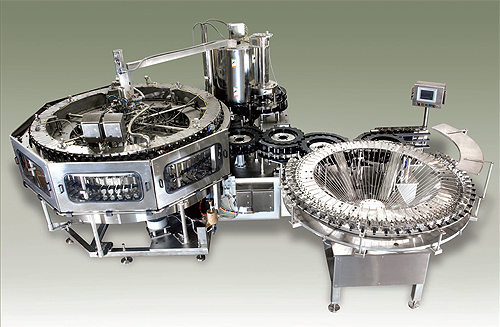
“We see the value of safety, both for protecting people from physical harm, and for protecting end users and ourselves from lawsuits,” said Eric Hendrickson, engineering manager at Bevcorp. “That’s why we want to level the playing field for integrating safety into bottling machines. There’s certainly a balance to be struck between economic pressures and more sophisticated safety fixtures.”
Hendrickson predicts a large-scale shift to standardize more plants globally on safety. Legislation similar to the Food Safety Modernization Act could force the industry to adopt standards for integrating safety functions into machinery. “A more likely scenario is one in which OEMs adopt safety technologies due to indirect end-user pressure and efforts to protect themselves from litigation,” he said.

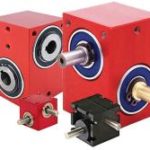

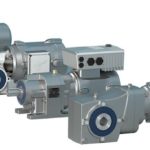
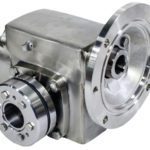
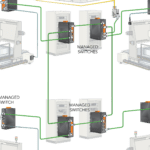

Leave a Reply
You must be logged in to post a comment.